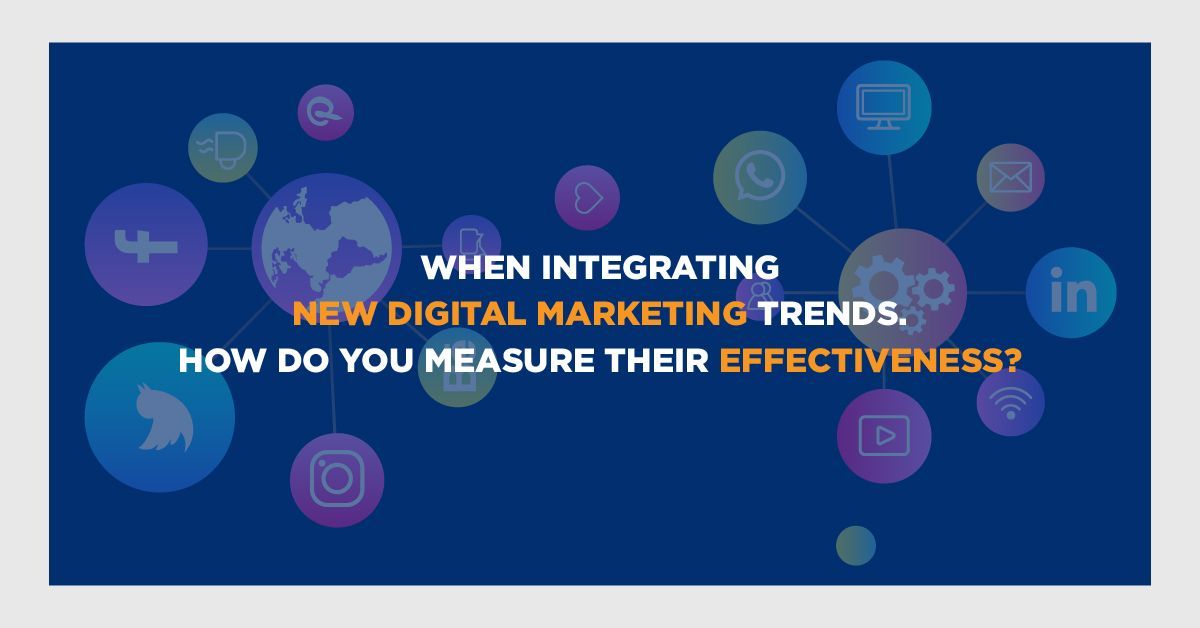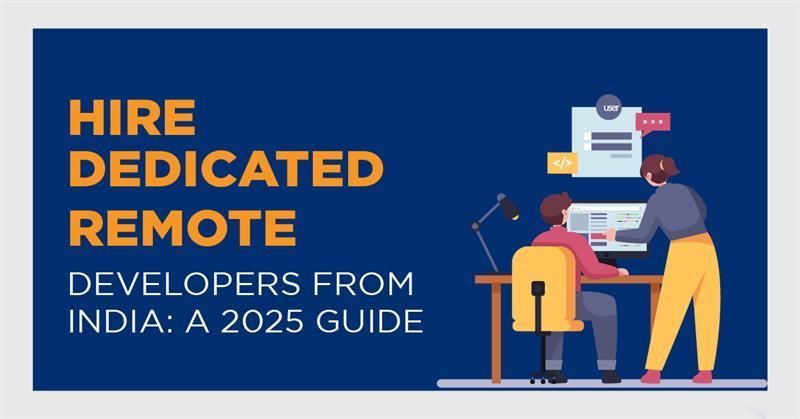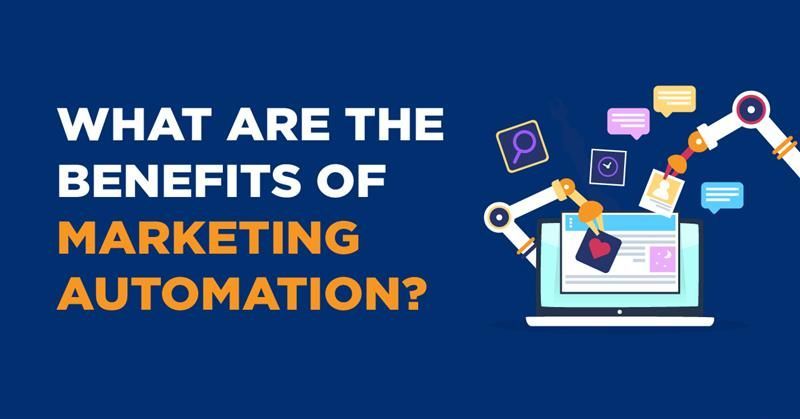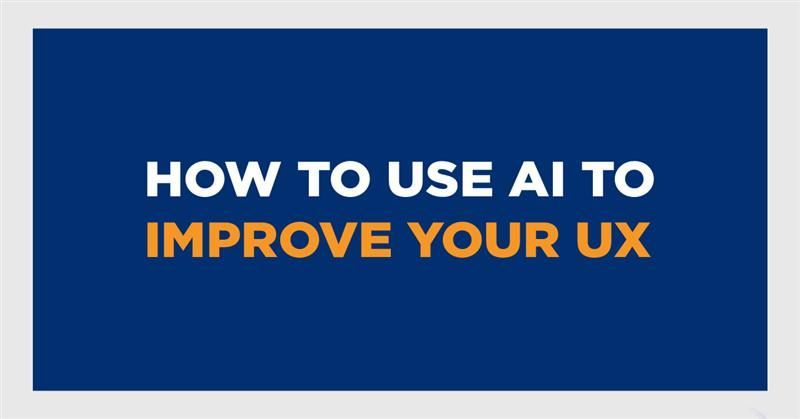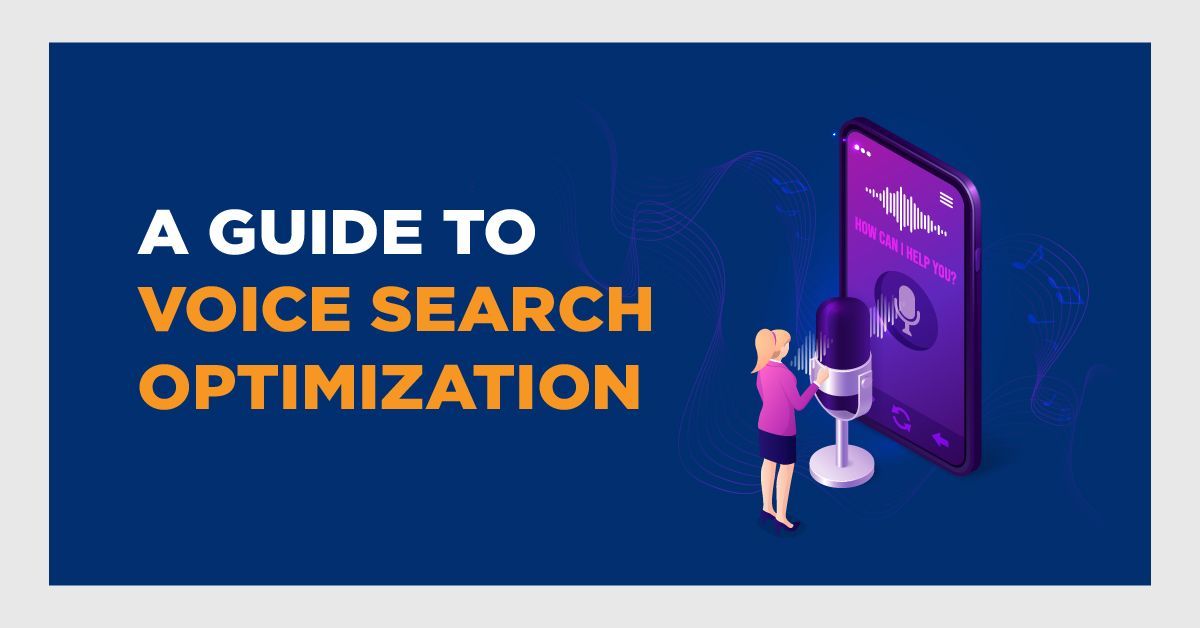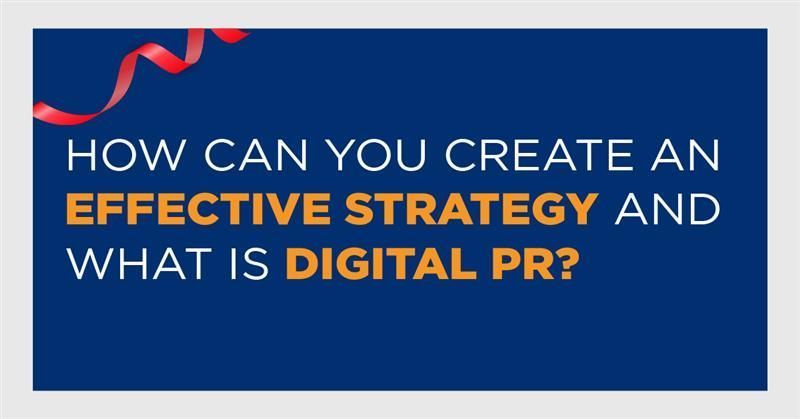A Beginner’s Guide to Defining Buyer Personas
October 9, 2024
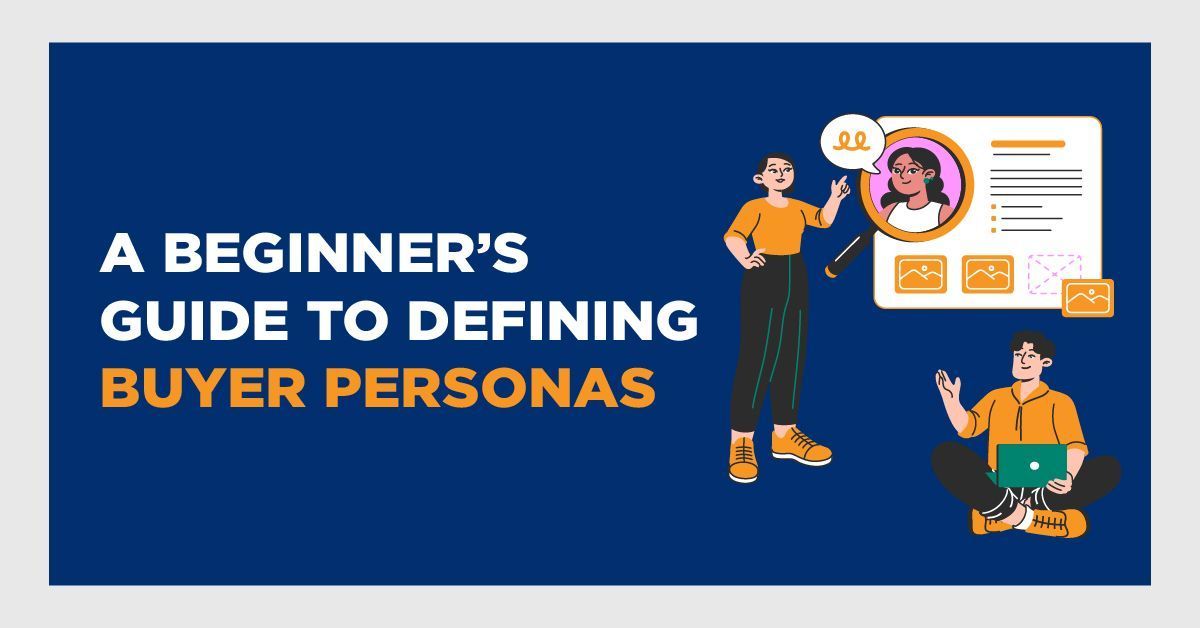
A Beginner’s Guide to Defining Buyer Personas
Creating a buyer persona is an essential step in any marketing strategy. It helps businesses understand their target audience and tailor their content, products, and services accordingly. Here’s a beginner’s guide to help you define effective buyer personas:
1. What is a Buyer Persona?
A
buyer persona
is a semi-fictional representation of your ideal customer based on market research, data, and real customer insights. It includes demographics, behavior patterns, motivations, goals, challenges, and buying habits.
2. Why Are Buyer Personas Important?
Buyer personas help you:
- Personalize marketing : You can create targeted content and campaigns that resonate with specific segments of your audience.
- Improve products and services : Understanding customer pain points allows you to design better solutions.
- Enhance customer relationships : Personas help your sales team connect better with leads by addressing their specific concerns.
3. Steps to Define Buyer Personas
a. Conduct Audience Research
Start by gathering data through:
- Interviews and surveys : Speak directly with existing customers, prospects, and even leads that didn’t convert.
- Social media insights : Platforms like Facebook and Instagram provide valuable demographic and behavioral data.
- Google Analytics : Identify visitor demographics, interests, and behaviors on your website.
- Customer feedback : Review customer support logs, chat transcripts, and feedback forms to understand recurring issues or desires.
b. Segment Your Audience
Not all customers are the same. Segment your audience based on factors like:
- Demographics : Age, gender, income level, location.
- Psychographics : Values, interests, lifestyle, and personality traits.
- Behavior : Purchasing habits, brand loyalty, interaction with your website or store.
c. Identify Key Characteristics
For each persona, determine key attributes:
- Name : Give each persona a name to humanize them.
- Job title and career : What industry are they in? What’s their level of responsibility?
- Demographics : Include age, gender, income, education, and location.
- Goals : What are their objectives in life or work? What motivates them?
- Challenges and pain points : What issues do they face, and how does your product/service help solve these?
- Buying behavior : What influences their purchasing decisions? How do they research and make purchases?
d. Create Detailed Persona Profiles
Organize all the information gathered into a clear, detailed document for each persona. Include:
- Name and photo : Use a stock image to put a face to the persona.
- Quote : Summarize their attitude or a core belief that drives them.
- Detailed background : Highlight their personal story, job role, or life situation.
- Buying process : Outline the steps they take before making a purchase.
e. Review and Update Regularly
Buyer personas are dynamic and may change as your business grows or the market shifts. Regularly review and update them to ensure they remain relevant.
4. Types of Buyers Personas
Some common types of buyer personas include:
- Decision-makers : These are often managers or executives who make the final purchasing decisions.
- End-users : These are individuals who will actually use the product or service.
- Researchers : These personas collect information and compare options but may not make the final purchase.
- Price-conscious buyers : This group seeks cost-effective solutions and evaluates products based on value for money.
5. How to Use Buyer Personas
Once created, buyer personas can be used in:
- Content marketing : Create blog posts, videos, and social media content that addresses the unique needs and challenges of each personas.
- Product development : Build products or services tailored to the pain points of your target audience.
- Sales strategy : Equip your sales team with knowledge about the personas to address their concerns during the sales process.
- Customer service : Ensure your support team is prepared to handle common issues based on persona-specific challenges.
6. Example of a Buyer Persona
Name
: Sarah, The Eco-Conscious Shopper
Age
: 32
Location
: Seattle, WA
Occupation
: Marketing Manager
Goals
:
- Reduce her environmental impact
- Purchase from sustainable brands
Challenges :
- Finding high-quality, affordable eco-friendly products
Buying Behavior :
- Research online, reads product reviews, and seeks certifications like Fair Trade or organic. Prefers brands with transparent supply chains.
Conclusion
Defining buyer personas takes time and research, but the insights you gain will help you create more personalized, effective marketing strategies. By understanding your audience on a deeper level, you can improve your communication and create a customer experience that truly resonates with your target market.


